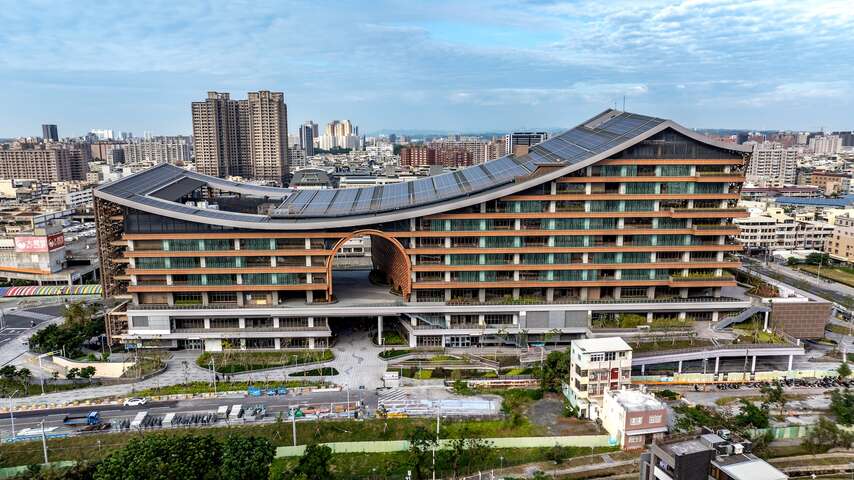Fengshan Station Introduction
As the third largest station in Kaohsiung City, following Kaohsiung Station and Xinzuoying Station, Fengshan Station was once the most important railway station in Kaohsiung County before the merger of Kaohsiung City and County. The history of Fengshan Station dates back to 1907, constructed by the Taiwan Governor-General's Railway Bureau. Initially, it served as a hub for agricultural products and military transportation, witnessing the economic development and historical changes in the Fengshan area. Since the Japanese colonial period, Fengshan Station has accompanied the people of Fengshan for over a century and has undergone multiple renovations and transformations, evolving from a traditional train station and military transfer point to a modern transportation hub. With the advancement of the railway underground construction project, Fengshan Station has entered a new era, not only as a transportation hub but also as a modern station that combines commerce, public spaces, and green areas. After the railway was moved underground, the old railway no longer obstructs the north-south movement of the city, replaced by a new station building and surrounding environment planning. The newly created Sky Phoenix City draws design inspiration from "Fengshan Ancient City," incorporating historical elements such as the old North Gate site, city wall fortresses, and the Eluan Academy's swallowtail roof, recreating the lively and prosperous scenes of the past city gates. The station features spacious open areas and green pathways, where travelers can rest and experience the urban landscape intertwining history and modernity. In the future, "Sky Phoenix City" will become a new tourism landmark for Fengshan, providing citizens with a more convenient transportation experience while integrating modern urban design to create vibrant public spaces. Although the shopping mall is still in the process of attracting tenants and detailed brand and facility planning remains to be determined, Fengshan Station has already stepped into a new stage of development, becoming an important urban gateway in southern Kaohsiung, with great potential for the future.





































